Princeton Series in Astrophysics25
Eve Ostriker & Eliot Quataert, Series Editors
Written by some of the world’s leading astrophysicists, the books in the Princeton Series in Astrophysics present cutting-edge monographs, textbooks, and occasional lecture notes for researchers and students in astrophysics.
-
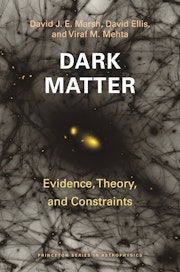
A complete treatment of all aspects of dark matter physics
-
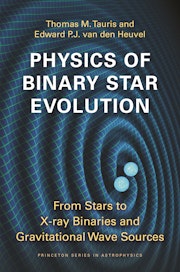
A graduate-level textbook on the astrophysics of binary star systems and their evolution
-
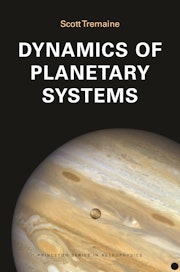
An introduction to celestial mechanics for advanced undergraduates, graduate students, and researchers new to the field
-
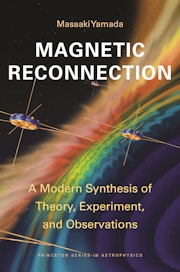
The essential introduction to magnetic reconnection—written by a leading pioneer of the field
-
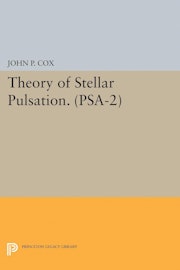
Covering both radial and nonradial oscillations, this book includes not only a thorough treatment of the basic theory of stellar pulsation but also a comprehensive synthesis of the most recent work done in this area.
Originally published... -
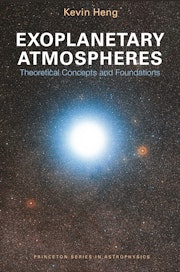
An essential introduction to the theory of exoplanetary atmospheres
-
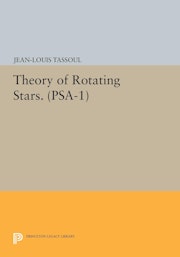
Ever since the first observations of sunspots in the early seventeenth century, stellar rotation has been a major topic in astronomy and astrophysics. Jean-Louis Tassoul synthesizes a large number of theoretical investigations on...
-
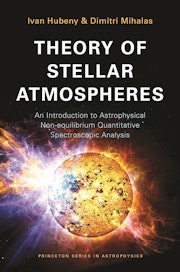
The most authoritative synthesis of the quantitative spectroscopic analysis of stellar atmospheres
-
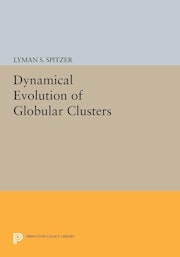
One of the world's most distinguished astrophysicists presents a comprehensive theoretical treatment of the dynamical evolution of globular clusters. Lyman Spitzer's research in this field established the framework for decades of...
-
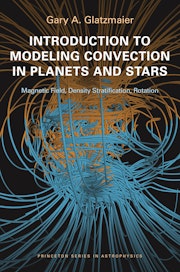
This book provides readers with the skills they need to write computer codes that simulate convection, internal gravity waves, and magnetic field generation in the interiors and atmospheres of rotating planets and stars. Using a...
-
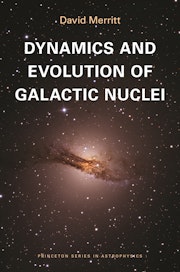
Deep within galaxies like the Milky Way, astronomers have found a fascinating legacy of Einstein's general theory of relativity: supermassive black holes. Connected to the evolution of the galaxies that contain these black holes...
-
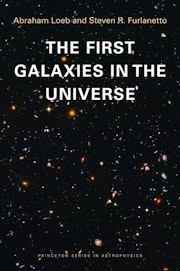
This book provides a comprehensive, self-contained introduction to one of the most exciting frontiers in astrophysics today: the quest to understand how the oldest and most distant galaxies in our universe first formed. Until now, most...
-
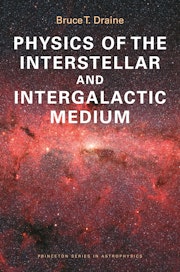
An essential resource for graduate students and astrophysicists
-
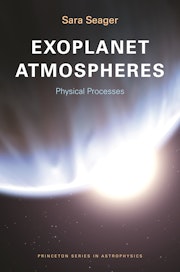
Over the past twenty years, astronomers have identified hundreds of extrasolar planets--planets orbiting stars other than the sun. Recent research in this burgeoning field has made it possible to observe and measure the atmospheres of...
-
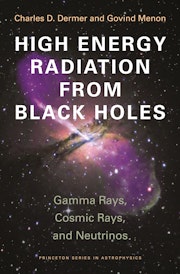
Bright gamma-ray flares observed from sources far beyond our Milky Way Galaxy are best explained if enormous amounts of energy are liberated by black holes. The highest- energy particles in nature--the ultra-high-energy cosmic...
-
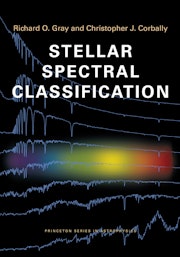
Written by leading experts in the field, Stellar Spectral Classification is the only book to comprehensively discuss both the foundations and most up-to-date techniques of MK and other spectral classification systems. Definitive and...
-
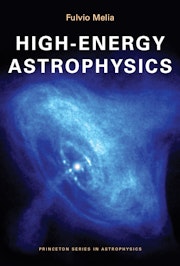
High-energy astrophysics involves the study of exceedingly dynamic and energetic phenomena occurring near the most extreme celestial objects known to exist, such as black holes, neutron stars, white dwarfs, and supernova remnants....
-
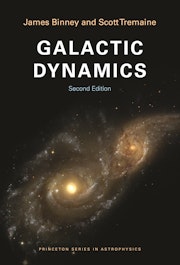
Since it was first published in 1987, Galactic Dynamics has become the most widely used advanced textbook on the structure and dynamics of galaxies and one of the most cited references in astrophysics. Now, in this extensively revised...
-
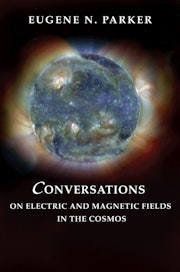
Today's standard textbooks treat the theoretical structure of electric and magnetic fields, but their emphasis is on electromagnetic radiation and static-electric and magnetic fields. In this book, Eugene Parker provides advanced...
-
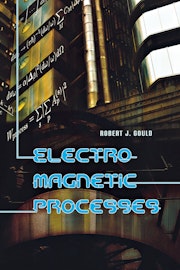
This book provides an understanding of the theoretical foundations for the calculation of electromagnetic processes. Photon production processes are particularly important in astrophysics, since almost all of our knowledge of distant...
-
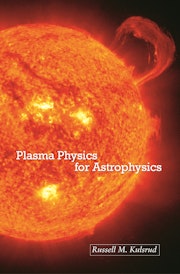
In this book, a distinguished expert introduces plasma physics from the ground up, presenting it as a comprehensible field that can be grasped largely on the basis of physical intuition and qualitative reasoning, similar to other fields...
-
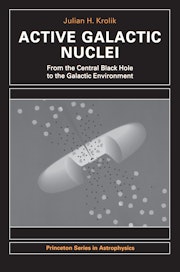
This is the first comprehensive treatment of active galactic nuclei--the cosmic powerhouses at the core of many distant galaxies. The term active galactic nuclei refers to quasars, radio galaxies, Seyfert galaxies, blazars, and related...
-
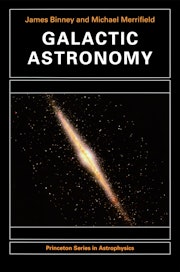
This is the definitive treatment of the phenomenology of galaxies--a clear and comprehensive volume that takes full account of the extraordinary recent advances in the field. The book supersedes the classic text Galactic Astronomy that...
-
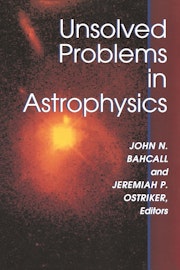
The field of astrophysics is in the midst of a technologically driven renaissance, as fundamental discoveries are being made with astonishing frequency. In the last decade, new detectors in space, on earth, and deep underground have...
-
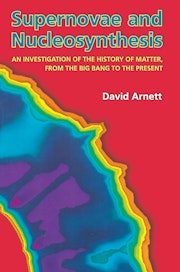
This book investigates the question of how matter has evolved since its origin in the Big Bang, from the cosmological synthesis of hydrogen and helium to the generation of the complex set of nuclei that comprise our world and our...